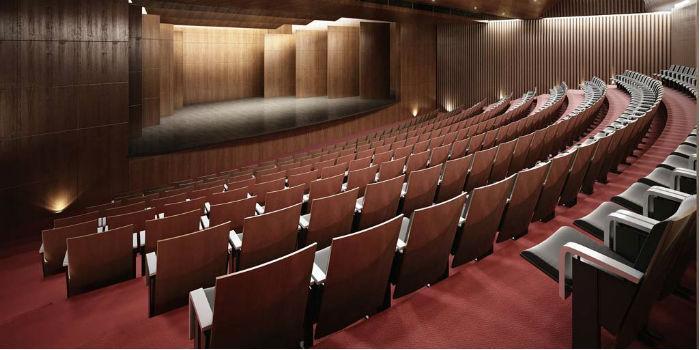 Mexico. An auditorium within a university, a cultural or governmental entity or even a private company is a multidisciplinary space to share information and ideas. Its successful construction, its good implementation and its correct daily operation depend on it fulfilling its mission.
Mexico. An auditorium within a university, a cultural or governmental entity or even a private company is a multidisciplinary space to share information and ideas. Its successful construction, its good implementation and its correct daily operation depend on it fulfilling its mission.
Today an auditorium functions as a meeting place but also as a space to offer information to groups scattered around the planet. A chair is no longer only offered to 100 students, but thanks to the possibilities of the Internet it is possible to make it available to thousands of people around the world.
What are the basic technological needs of a modern and functional auditorium? The Mexican company Multimedia prepared a list of the 16 technologies necessary for these spaces:
- Broadband internet access. The high-speed wired network must reach the auditorium, essentially the control booth, the stage and backstage.
- Wi-Fi. A powerful, efficient and very secure Wi-Fi network must be established. In fact there must be a private network (only for operators and for speakers) and a public network (for attendees).
- Total and absolute control of all the luminaires of the place. There must be an intelligent lighting control system that allows all lamps to be dimmed. Emergency lights cannot be missing, as well as perimeter lights on stairs and corridors.
- Sufficient electrical outlets protected against current and voltage discharges. They must be spread throughout the space.
- PTZ cameras for recording and monitoring. At least three cameras are required: one pointing at the audience, a fixed one pointing at the stage and a robotic one following the speaker.
- Document camera. To be able to observe various physical materials through the displays.
- One or two high-brightness video projectors, preferably with laser light source since maintenance problems are avoided and the expense of replacing lamps is eliminated.
- A reference monitor for the stage. The rapporteur must be seeing what is being projected behind him without having to be turning around.
- Two or up to four displays as visual reinforcement of the projectors. Ideally they are located at the most lateral ends of the auditorium. Between 60 and 80" can be functional. They also serve to give general announcements to the audience.
- A platform to share content via wireless. These devices allow many computers, tablets or smartphones to connect to the displays and display their content (PDF, photos, tables, etc.). The rapporteur (or the operator) has the control, the previous ones and the general command.
- A high-quality wireless microphone system preferably digital UHF. At least 4 handheld microphones, 4 lavalier type and 2 headbands are required. This is very variable since it depends on the uses that are given to the auditorium.
- A general audio system for the auditorium that plays microphones, audio output from mobile devices and various audiovisual sources (Blu-ray, Apple TV ...). Loudspeakers must offer adequate dispersion with respect to the acoustic conditions of the place.
- An ambient audio system that connects to the building's overall sound system. This operates in evacuation and emergency situations and for general announcements of the organization. Discreet recessed speakers are usually placed on the ceiling and wall. It is evident that consoles, dynamic processors, preamplifiers, mixers and a capable operator technician are required.
- A system to capture and distribute AV presentations such as live streaming or recorded multimedia content accessible on demand from the network.
- A cloud-based video conferencing system with which it is possible to link meetings with other characters on the other side of the world.
- An intelligent and automated control system that allows the control of all subsystems from a touch screen.
University, medical, legal, cultural or governmental auditoriums must be open doors to the world of communication. Although there are hundreds of technological possibilities to implement, these first recommendations put the basic infrastructure with which a modern space must operate day by day.












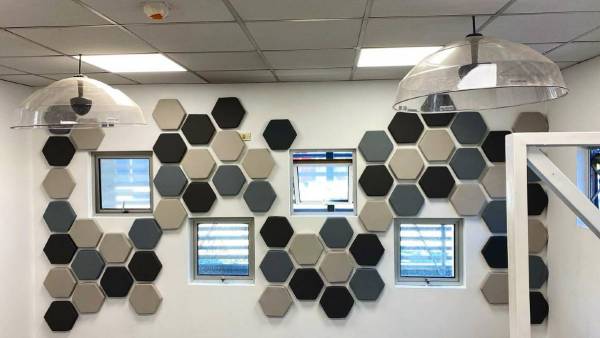
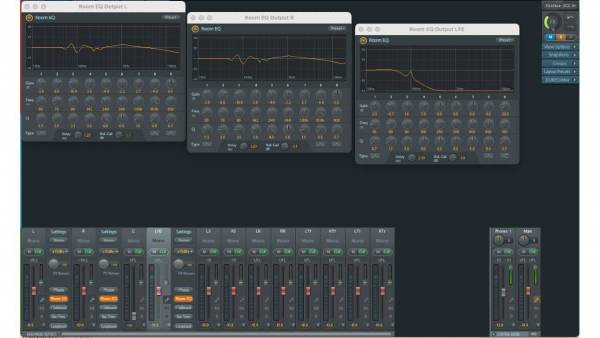

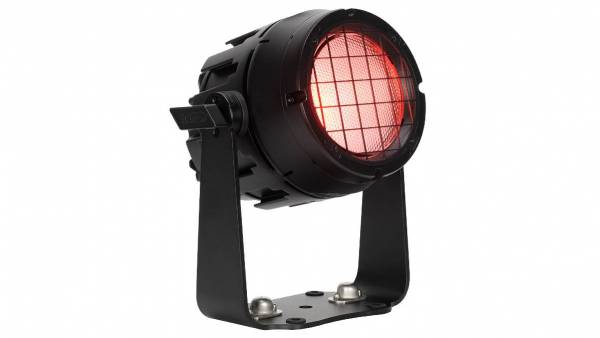

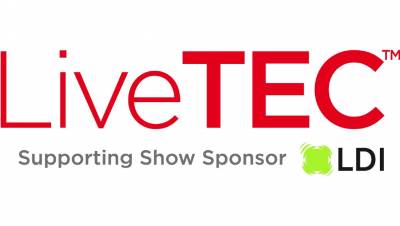








Leave your comment